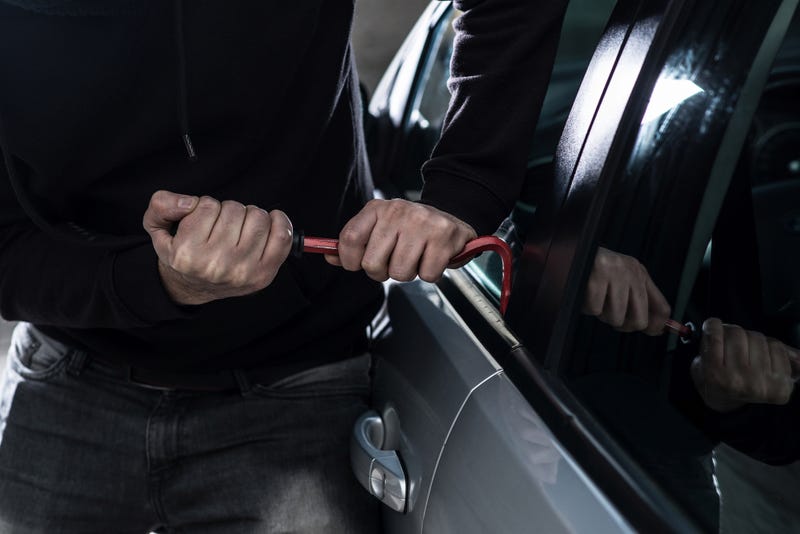
Living on a street with bright lights shining at night might feel safe, but a study published Wednesday in the Journal of Quantitative Criminology found that vehicle crimes may actually be more common in well-lit areas.
“The findings of this study suggest that the mechanism by which street lighting has been proposed to reduce crime – increased visibility at night – may be one that can also increase vehicle crime,” said its authors, led by Dr. Phil Edwards of the London School of Hygiene and Tropical Medicine.
Reduced visibility from darkness could protect vehicles by obscuring the valuables inside and decreasing the temptation for thieves, the authors explained.
Data for the study was obtained for the Thames Valley Policing area from the local authorities in the Oxfordshire, Reading, West Berkshire and Wokingham areas of the U.K. from April 2004 to September 2013. All lighting changes implemented by these councils were studied, including dimming, replacing orange sodium lights with white lights and “part-night lighting,” a method where communities turn off street lights between midnight and 6 a.m.
Previous studies about the impact of street light on crime focused on increasing rather than reducing light, according to the recent study. Researchers observed three different types of lighting changes for five crime categories: residential burglary, robbery, vehicle crime and violence.
“The most interesting finding from our study suggests that, in the case of part-night lighting (PNL), after accounting for changes in crimes committed during the day, theft from vehicles reduced on street segments along which street lighting was switched off at midnight, but that these crimes may have been spatially displaced at night to better-lit streets nearby,” the study said.
The total night-time crime fell by around a quarter, while thefts from vehicles fell by 44%. However, the “statistically significant” reduction on the PNL streets appeared to coincide with a similarly significant increase in theft from vehicles on adjacent streets.
“Since many contemporary vehicles have built in stereos and satellite navigation systems, offenders may be looking for other valuable goods that are left unsecured in vehicles, which may prove difficult if lighting levels are low,” said the study. “Thus, the benefits of committing a vehicle crime in darkness are unknown or hard to estimate.”
In dark areas, offenders might need to provide their own artificial light, which might draw attention to them. This is especially true for offenders aiming to remove hubcaps, wheel rims or number plates.
Researchers also found that burglaries committed in daylight tended to be in prosperous areas “where there was cover provided by vegetation or the housing layout,” and burglaries committed in darkness were in neighborhoods with higher unemployment levels.
In the U.S., carjacking – car theft conducted while the victim is either inside their vehicle, getting into it or getting out of it – has been on the rise in some major cities.


